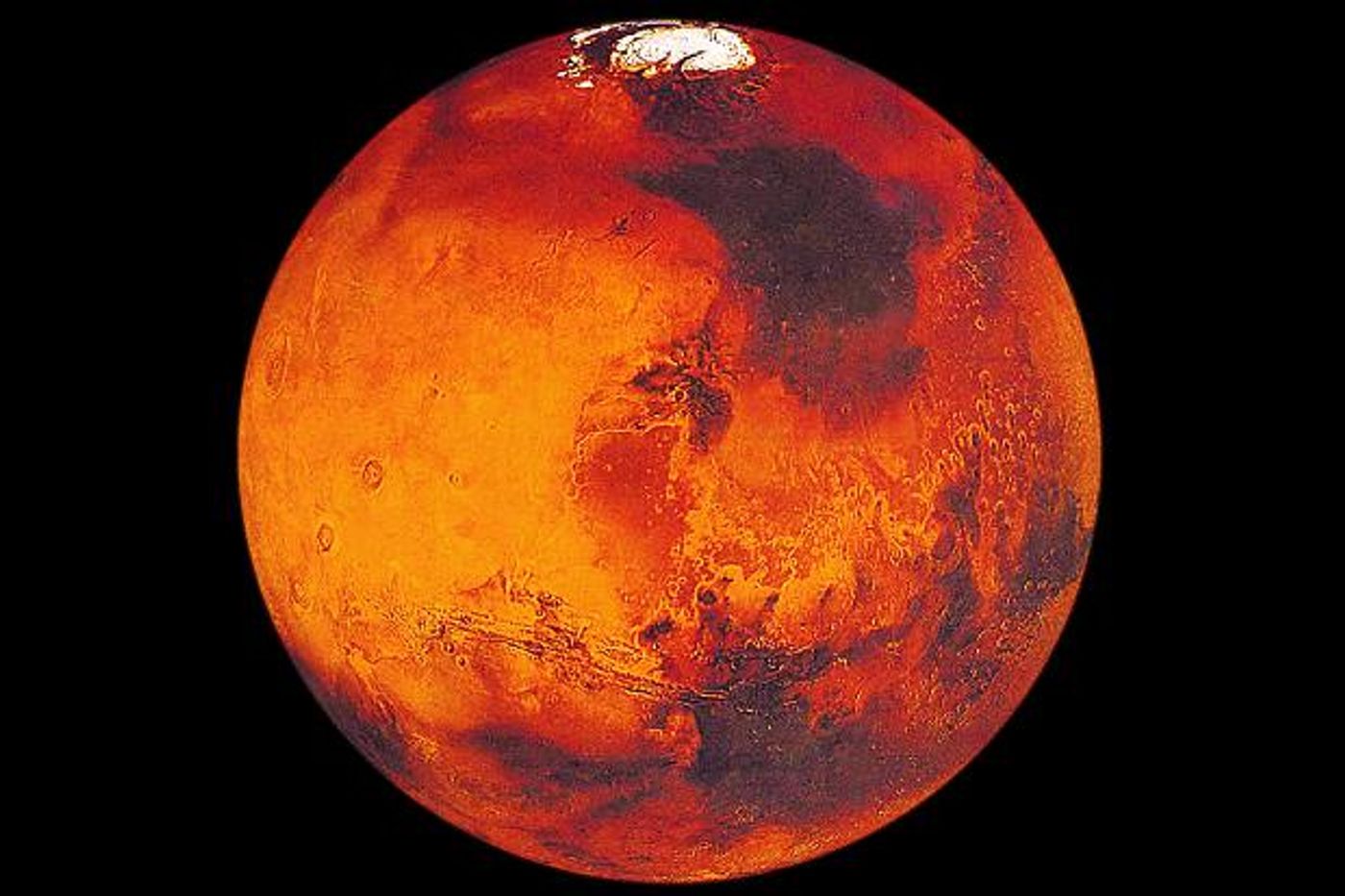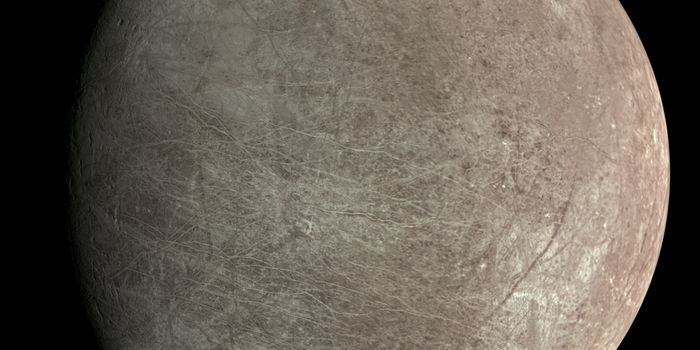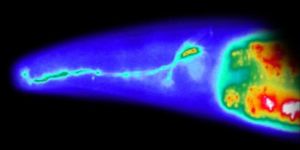Here's Why Investigating Mars' Flowing Water Regions Will Be Tricky
It was only a few days ago that NASA made a major announcement revealing the existence of flowing water on some parts of the red planet of Mars, fourth in line from the Sun in our solar system. The news was big, because we’ve been searching for water for eons in the hope that it would provide the greatest chances of signs for the existence of life.

Earth life heavily relies on water, so we assume that life elsewhere might too. Although it may be a flawed way of thinking, being that any life elsewhere would rely on its own resources local to that world rather than mimic Earthly life exactly, it’s still a start.
So the next question that comes to mind is: When will NASA start poking around in the areas of the Martian planet where flowing liquid water has been discovered? And the simple answer to that is: It’s complicated.

NASA can’t just carelessly launch a probe and start sending it into the direction of water on the Martian planet. It’s very important that if this were to be done, the probe was sterilized in such a way that should there be any forms of life on Mars, Earthly life, such as bacteria and other microorganisms, would not interfere with the Martian environment and potentially destroy any evidence of life on Mars.
This is where things become tricky. Because although we can eliminate at least 99.9% of germs, there is no 100% guarantee that we can sterilize a probe well enough that it wouldn’t offer a threat to such an environment on Mars.
So who makes these silly rules, and why don’t we just figure out once and for all whether or not any life exists on Mars? – A committee known as COSPAR (Committee on Space Research) has the authority to designate special areas in our solar system where agencies like NASA or even the ESA would have to abide by rules to protect any potential life in outer space that could be harmed by our intervention.
Being that flowing water is currently our greatest understanding of the formation of life on Earth, in addition to other conditions, COSPAR will very likely impede on any explorations to Mars’ flowing water regions to prevent us from hindering the Martian environment.
These rules make it very difficult to actually figure out anything useful. With these rules keeping scientists from visiting these worlds and getting up closer to take samples and monitor activity, it’ll continue to remain a question with no concrete answers.
The only way to get solid answers, is to actually get out there and explore the regions up close, which will require advancements in sterilization technology, or relaxed rules, whichever one comes first.
Despite the hurdles, NASA is working on future rovers and technology that will include instruments capable of detecting life. These will hopefully be the best chances yet at discovering something useful, and they'll be compliant with COSPAR's rules.
Source: The Verge








